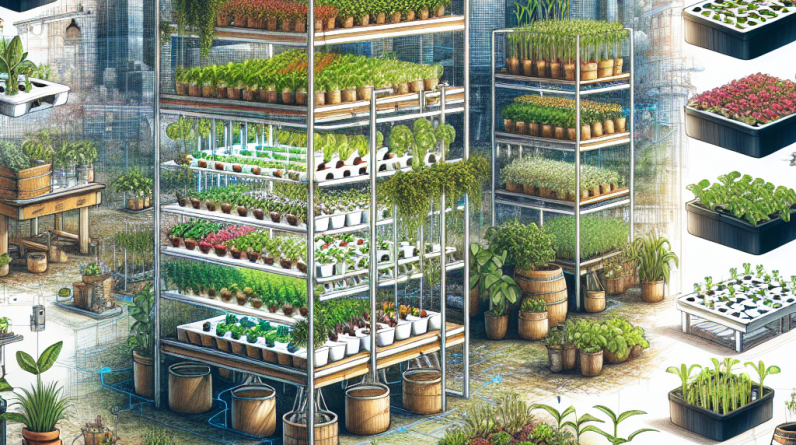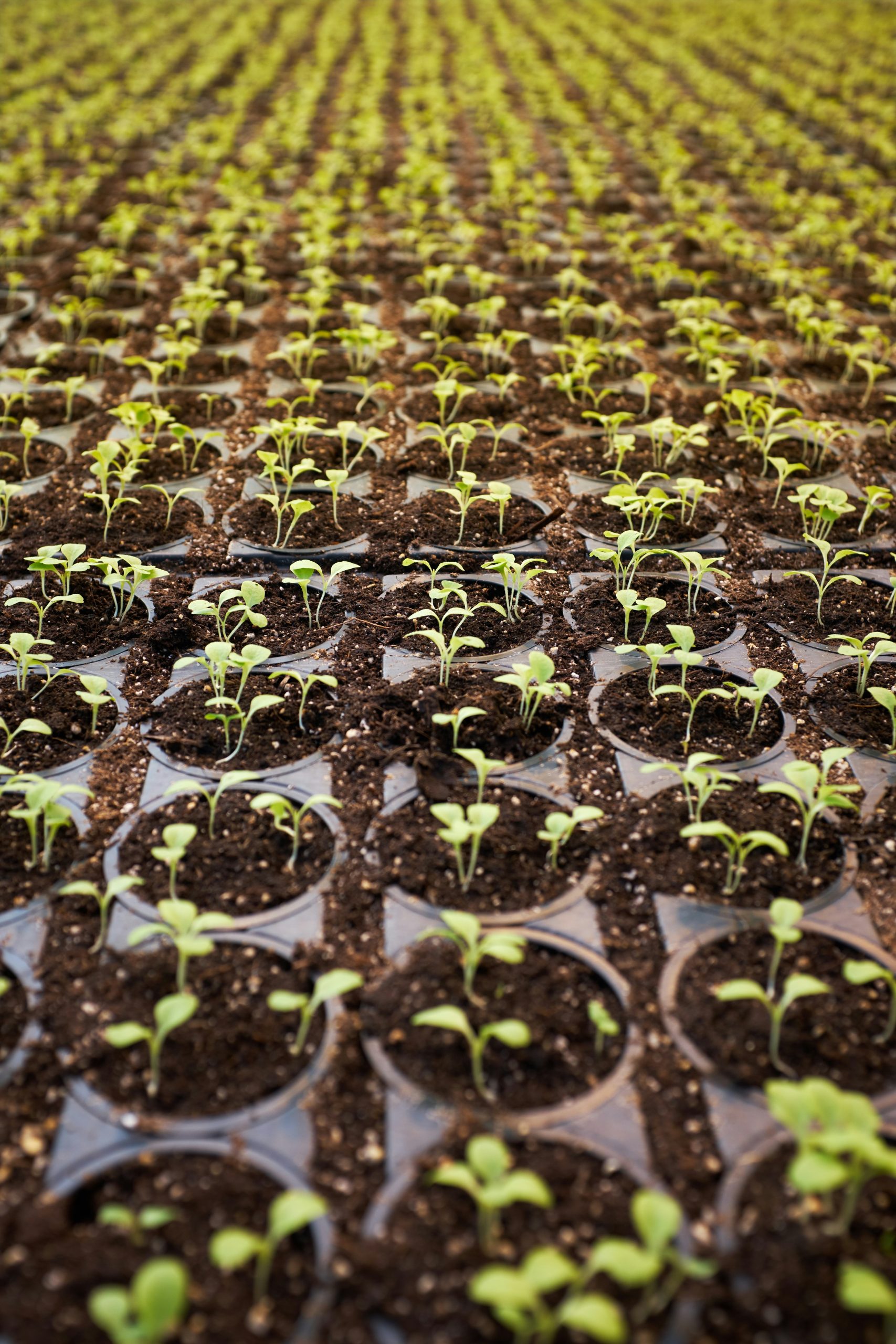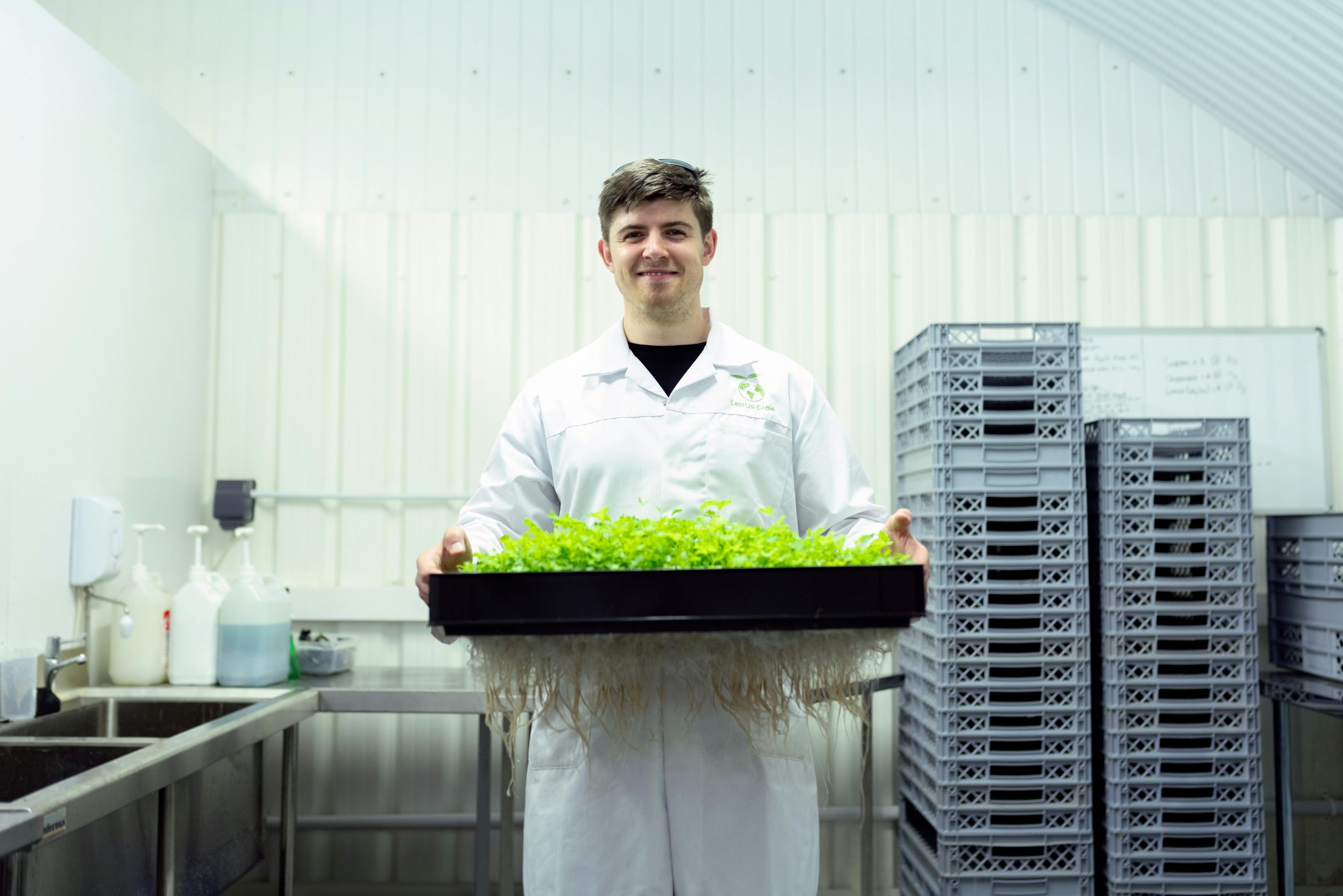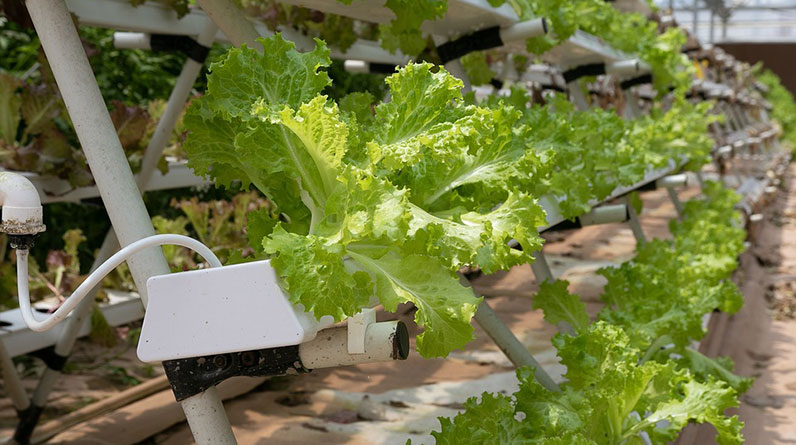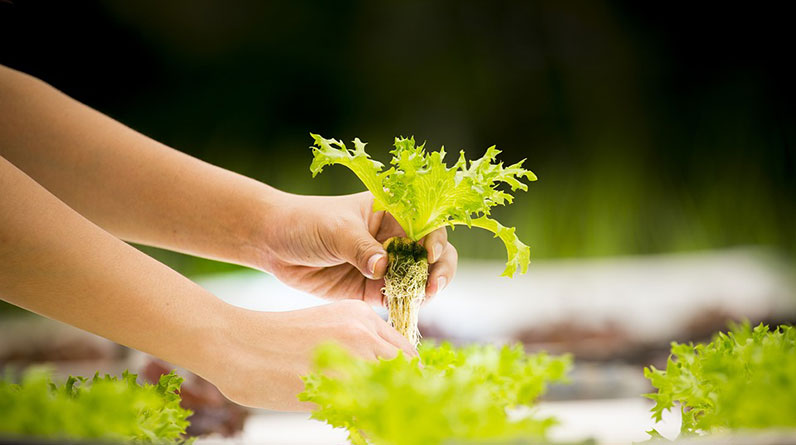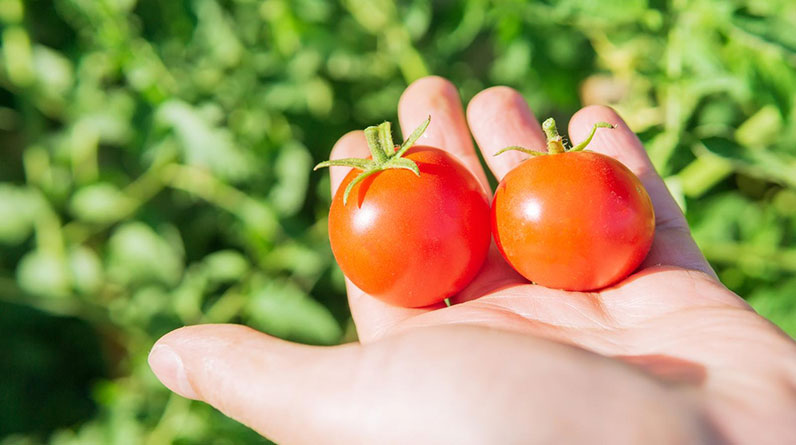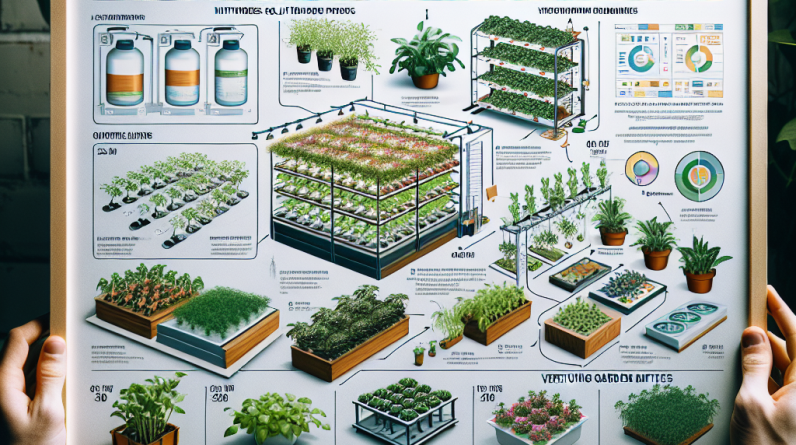
- 1. Selecting the Right Hydroponic System
- 2. Optimal Lighting for Hydroponic Indoors
- 3. Nutrient Management and pH Control
- 4. Environmental Control and Climate Optimization
- 5. Choosing the Best Grow Mediums
- 6. Water Recycling and Sustainability
- 7. Pest and Disease Prevention
- 8. Automation and Monitoring Technologies
- 9. Plant Selection for Indoor Hydroponics
- 10. Troubleshooting Common Hydroponic Issues
1. Selecting the Right Hydroponic System
Understanding Different Hydroponic Systems
Choosing the best hydroponic gardening indoors system in 2025 depends on your goals, space, and budget. Popular types include nutrient film technique (NFT), deep water culture (DWC), flood and drain (Ebb and Flow), and aeroponics. Each has its advantages and is suited to different plant types and grow scales.
For example, deep water culture is highly effective for leafy greens and herbs, providing roots with constant access to oxygen and nutrients. In contrast, NFT systems are efficient for smaller setups but require careful monitoring to prevent clogs and failures. The key is to match your plant needs with the system that offers optimal growth conditions.
Based on 2025 trends, hybrid systems combining elements of several technologies are becoming popular. They provide flexibility and resilience, especially for indoor hydroponic gardening indoors. When selecting your system, consider factors like ease of maintenance, scalability, and compatibility with automated controls.
Practical Tips for Choosing the Right System
Start with a small, manageable system, especially if you are new to hydroponic gardening indoors. For beginners, DWC setups are simple to establish and maintain. As you gain confidence, you can transition to more complex systems like aeroponics for higher yields.
Research reviews and case studies from other indoor gardeners in 2025 to learn what has worked well. Itâs also advisable to choose systems with reliable parts and accessible customer support. Investing in quality equipment helps prevent costly breakdowns and maximizes your indoor gardening success.
Remember that your selected system should align with your available space and the types of plants you want to grow. With careful planning, you can tailor your setup to achieve consistent, healthy plant growth all year round.
2. Optimal Lighting for Hydroponic Indoors
Choosing the Right Grow Lights
Lighting is a crucial factor in hydroponic gardening indoors, directly affecting plant growth and yield. In 2025, LED grow lights are the preferred choice due to their efficiency, spectrum control, and durability. Selecting the right spectrum â typically a blend of blue and red wavelengths â promotes vegetative growth and flowering.
For best results, consider the light intensity and duration. Most indoor growers aim for 16-18 hours of light per day during the vegetative phase and 12 hours during flowering. Using adjustable LED systems allows you to tailor light cycles based on crop needs and growth stages.
Ensure your lighting setup provides uniform coverage across your hydroponic system. Good placement minimizes shaded areas and promotes even plant development. Modern digital timers and sensors can help automate your lighting schedule for convenience and consistency.
Energy Efficiency and Cost Considerations
Investing in energy-efficient lighting saves money long-term and reduces your carbon footprint. In 2025, the latest LED models consume 50% less energy than traditional HPS or fluorescent lights while delivering comparable or superior yields. This makes them particularly appealing for indoor hydroponic gardeners.
Additionally, some LED grow lights come with spectrum customization features, enabling you to customize lighting for different plant stages. This adaptability can maximize growth potential and improve harvest quality.
To optimize your lighting investment, consider the total size of your grow space and the light’s PAR (Photosynthetically Active Radiation) ratings. Proper lighting is fundamental to successful hydroponic gardening indoors, especially as we adapt to new trends in 2025.
3. Nutrient Management and pH Control
Creating Balanced Nutrient Solutions
In hydroponic gardening indoors, nutrient management is vital for healthy, vigorous plants. Since roots are directly exposed to nutrient solutions, precise control over what plants receive directly correlates to yield and quality. Use high-quality, water-soluble fertilizers formulated specifically for hydroponics.
For 2025, advanced nutrient formulations include macro and micronutrients tailored to different crop stages, ensuring that your plants arenât deficient or over-supplied. Regularly monitor and adjust nutrient concentration using TDS (Total Dissolved Solids) meters to maintain ideal EC levels, which typically range from 1.5 to 3.0 mS/cm for many crops.
Remember, an imbalance in nutrients can lead to deficiencies, toxicities, or label-related issues, so stay vigilant with your measurements. Combining nutrient schedules with real-time monitoring helps you optimize plant health in your indoor environment.
Monitoring and Adjusting pH Levels
pH control is critical because it directly affects nutrient availability. In hydroponic gardening indoors, maintaining a pH between 5.5 and 6.5 is ideal for most crops in 2025. Use reliable pH meters and adjust with pH up or down solutions as needed.
Daily checks are recommended during initial setup and whenever you notice changes in plant health. Consistent pH levels prevent nutrient lockout, which can cause deficiencies even when nutrients are abundant.
Pro tip: Incorporate automated pH and EC monitors with alarms to keep everything within optimal ranges automatically. This approach minimizes human error and ensures consistent crop performance.
4. Environmental Control and Climate Optimization
Controlling Temperature and Humidity
Maintaining the right environment is crucial in hydroponic gardening indoors. In 2025, smart climate control systems integrated with sensors are becoming standard. Optimal temperature for most indoor crops ranges from 68°F to 77°F (20°C to 25°C), while humidity levels should stay between 50% and 70%.
Too high or low humidity can cause issues like mold, root rot, or stress-related growth suppression. Using dehumidifiers, humidifiers, and thermostats, you can fine-tune your environment with precision.
Products with automated controls and IoT connectivity allow for real-time adjustments, maintaining ideal conditions even when you’re away. Consistent climate management ensures faster growth rates and higher yields.
Ventilation and Air Circulation
Fresh air exchange is essential to supply CO2 and prevent the buildup of pests and pathogens. Well-designed ventilation systems, including exhaust fans and oscillating fans, promote healthy airflow.
In 2025, automated ventilation controllers adjust airflow based on real-time data from environmental sensors. This minimizes energy consumption and creates a stable indoor environment.
Proper air circulation also reduces humidity hotspots and prevents fungal diseases, helping your hydroponic gardening indoors thrive sustainably.
5. Choosing the Best Grow Mediums
Popular Grow Media for Indoor Hydroponics
Selecting the right grow medium impacts nutrient uptake, root stability, and overall plant health. Common options in 2025 include rockwool, coco coir, expanded clay pellets, and perlite. Each has unique characteristics suitable for different systems and crops.
Rockwool offers excellent water retention and aeration, making it ideal for deep water culture systems. Coco coir is renewable and eco-friendly, providing good moisture retention and pH stability.
Experimenting with hybrid mediums, like combining perlite with coconut fiber, can optimize drainage and moisture levels, providing a customized environment for your plants.
Considering Sustainability and Cost
As environmental awareness grows in 2025, many growers prefer sustainable options. Coconut coir and expanded clay pellets are recyclable and have lower environmental impacts compared to some traditional mediums.
Cost also varies; while rockwool is affordable upfront, it generates waste that needs disposal. In contrast, reusable clay pellets or coconut coir can be cleaned and reused, offering long-term savings.
Choose your grow medium based on your hydroponic gardening indoors goals, crop types, and environmental considerations for a truly sustainable setup.
6. Water Recycling and Sustainability
Implementing Water Recirculation Systems
Water efficiency is a major concern in hydroponic gardening indoors. Recirculating systems can save up to 90% of water compared to traditional soil gardening. In 2025, closed-loop systems with auto-filtration are becoming standard for sustainable indoor growers.
These systems collect excess nutrient solution, filter it, and reuse it, reducing waste and operational costs. Proper management prevents salt buildup and maintains nutrient balance, ensuring healthy plant growth.
Monitoring systems with real-time sensors help detect changes in nutrient concentration, adjusting water flow and nutrient levels dynamically. This automation supports optimal growth while conserving resources.
Eco-Friendly Nutrient Solutions
Choosing biodegradable and mineral-based nutrients further enhances sustainability. In 2025, many brands offer eco-conscious fertilizers that reduce environmental impact without compromising plant nutrition.
Integrating water recycling with eco-friendly nutrients forms a comprehensive approach to sustainable hydroponic gardening indoors. Practical tips include collecting rainwater and utilizing greywater systems where possible.
Adopting sustainable practices not only benefits the environment but also aligns with growing consumer demand for eco-friendly produce.
7. Pest and Disease Prevention
Maintaining a Pest-Free Indoor Environment
In hydroponic gardening indoors, pests like aphids, whiteflies, and spider mites can still be problematic. The key is prevention through cleanliness, proper ventilation, and monitoring. Regularly inspect plants and use sticky traps as early detection tools.
Biological controls, such as predatory insects and beneficial microbes, are effective and eco-friendly options in 2025. They help keep pest populations under control without chemical interventions.
Implementing integrated pest management strategies reduces the risk of outbreaks, keeping your indoor garden healthy and productive.
Preventing and Managing Diseases
Disease prevention in hydroponic systems hinges on maintaining optimal environmental conditions and using pathogen-free equipment. Root rot caused by Pythium species can be mitigated by proper sterilization and oxygenation.
Consistent monitoring and rapid response to any health issues are essential. Implementing sanitation protocols, like cleaning tools and reservoirs regularly, prevents disease spread.
In 2025, smart sensors and AI-powered diagnostics help detect early signs of disease, enabling prompt management to protect your hydroponic gardening indoors system.
8. Automation and Monitoring Technologies
The Future of Automated Indoor Hydroponics
Automation is transforming hydroponic gardening indoors in 2025, making it more accessible and efficient. Automated nutrient dosing, lighting controls, and climate regulation ensure ideal conditions with minimal manual intervention.
IoT devices provide real-time data on temperature, humidity, pH, and EC, allowing precise adjustments remotely. This technology reduces human error and increases crop consistency.
Many systems now integrate AI algorithms that analyze data trends and recommend actionable steps, making hydroponic gardening more predictable and productive.
Practical Tips for Setting Up Automation
Start with a core automation system that includes timers for lighting, pumps, and fans. Expand as you become more comfortable, adding sensors and controllers over time.
Invest in user-friendly apps and dashboards to monitor your system remotely in 2025. Regular updates and maintenance of your automation hardware are essential to prevent malfunctions.
Automation can save time and resources, helping you achieve high-quality yields consistently in your hydroponic gardening indoors setup.
9. Plant Selection for Indoor Hydroponics
Best Crops for Indoor Hydroponic Gardening
Some plants thrive better in an indoor hydroponic environment, offering fast growth and high yield. Leafy greens like lettuce, spinach, and kale are staples due to their ease of growth and nutritional value.
Herbs such as basil, mint, cilantro, and parsley are popular choices for small-scale indoor systems because they require minimal space and grow quickly.
In 2025, more adventurous growers are experimenting with strawberries, tomatoes, and peppers, capitalizing on controlled environments to extend growing seasons and improve flavor.
Crop Selection Tips for Beginners
Select crops that match your skill level, available space, and lighting capacity. Focus on fast-growing, high-margin crops for your first indoor hydroponic projects.
Consider crop compatibility with your hydroponic system type and environmental controls. Load your indoor garden with versatile plants that can be harvested multiple times or have short growth cycles.
Over time, diversify your plant selection to maximize space and productivity, making your indoor hydroponic gardening indoors venture both sustainable and enjoyable in 2025.
10. Troubleshooting Common Hydroponic Issues
Identifying and Solving Nutrient Deficiencies
Early detection of deficiencies is critical for maintaining healthy plants. Symptoms like yellowing leaves or stunted growth often point to nutrient imbalances or pH issues. Regular testing and adjustments prevent these problems.
For example, calcium deficiency can cause tip burn, while iron deficiency results in new leaf chlorosis. Tailoring your nutrient formulation based on observed signs helps rectify issues swiftly.
In 2025, adopting digital tools for plant health monitoring simplifies troubleshooting, providing data-driven insights for rapid corrective actions.
Addressing System Failures and Human Errors
Malfunctioning pumps, clogged filters, or incorrect pH levels can disrupt your hydroponic gardening indoors. Routine maintenance and system checks are essential to avoid failures.
Education and training help prevent human errors, such as overfeeding or improper system setup. Keeping a detailed log of your garden’s parameters aids in diagnosing recurring issues.
Leveraging automation and smart sensors reduces the risk of errors, making your indoor hydroponic systems more resilient and productive for 2025 and beyond.
Frequently Asked Questions
1. What are the best crops for hydroponic gardening indoors in 2025?
Leafy greens, herbs, strawberries, tomatoes, and peppers are among the top choices due to their adaptability and high yields in indoor hydroponic systems.
2. How can I ensure successful hydroponic gardening indoors?
Key factors include selecting the right system, maintaining proper lighting, nutrient balance, pH, controlling environmental conditions, and regular monitoring.
3. Is hydroponic gardening indoors cost-effective?
Although initial setup costs can be high, the efficiency of water and nutrient use, coupled with higher yields, can make indoor hydroponic gardening financially sustainable in the long run.
4. How do I troubleshoot common problems in indoor hydroponic gardening?
Monitor plant appearance, water quality, and system functionality regularly. Use digital tools and sensors for early detection of issues like nutrient deficiencies, pests, or system failures.
5. Why is hydroponic gardening indoors growing in popularity for 2025?
Advances in technology, sustainability concerns, and the desire for fresh produce year-round are driving increasing adoption of hydroponic gardening indoors in 2025.
Conclusion
Mastering hydroponic gardening indoors in 2025 requires understanding and implementing effective strategies across various aspects, from choosing the right system to environmental controls and crop selection. This comprehensive guide highlights the 10 most effective hydroponic gardening indoors strategies for 2025, helping you grow healthy, high-yielding plants regardless of space constraints. Remember, success in indoor hydroponics hinges on attention to detail, continuous


